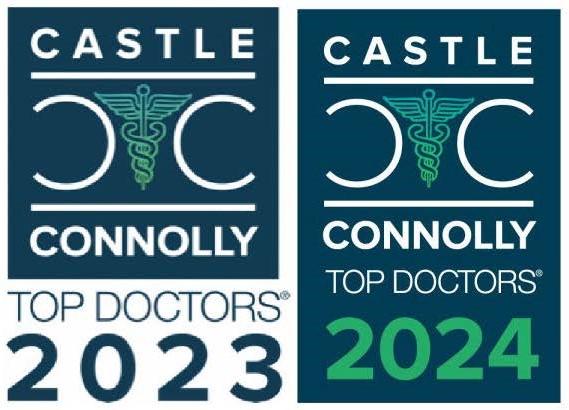
Transcranial magnetic stimulation (TMS) is a non-invasive form of brain stimulation. At the TMS Institute of Arizona, this procedure can be used to help with a myriad of conditions ranging from depression to smoking cessation. TMS might seem relatively new, but it has a long history and proven safety and efficacy. This brain stimulation is created through a series of short, high-intensity electric current bursts that are delivered via a magnetic coil. This field can either inhibit or excite key areas of the brain related to disorders. Although you can influence any part of the brain with TMS, studies have repeatedly shown that the motor cortex is key to improving disorders.
In 1980, PA Merton and HB Morton worked together to design a high-voltage electrical stimulator that could activate muscles directly (as opposed to the approach at the time that activated muscles via small nerve branches). When it was created, Merton theorized that the machine could also stimulate the brain’s motor areas externally, and transcranial electrical stimulation (TES) was born. The result was a short, high shock on top of the primary motor cortex, which caused a muscle response (thus the motor-evoked potential or MEP was found). They realized immediately that this could be helpful in many cases, but TES was painful. In 1985, they resolved a variety of technical issues and found that the brain (and peripheral nerves) could be stimulated magnetically instead of electrically. This called for no pain, and today TMS is widely used (TES is still used for some rare conditions). For the first 30 years of its existence, TMS was primarily used as a research tool to analyze brain physiology, but today it is becoming an increasingly popular therapy tool.
The Logistics of TMS
When you arrive for your TMS appointment, two electrodes are put on the scalp so that current flows between them. The major flow direction is radial, but there are also return loops. A brief pulse is created in the wire’s coil. Then, a magnetic field is produced, which reaches a maximum of 2 Tesla. This produces an electric field perpendicular to the magnetic one. A lot happens in just a few minutes. There are different types of TMS treatment protocols, including “regular” and accelerated, so depending on which approach you take your session might last just a couple of minutes or up to around 10 minutes. Regardless, all TMS protocols are considered pain-free and begin at a lower “level” to allow patients to get used to the unusual sensation.
TMS is now primarily used as a treatment option for disorders, but began as a therapeutic tool for Parkinson’s Disease, dystonia, stroke, and neurological conditions. It can still be used to treat these patients, but has shifted to being an option for more psychiatric conditions—primarily depression. Since electroconvulsive therapy was already a proven option for treating depression, it’s natural that TMS might help as well (while being much less uncomfortable). There are also side effects associated with electroconvulsive therapy that aren’t present with TMS. Dozens of studies have shown that TMS is an effective treatment for depression, and patients can continue using any Rx medications during and after their TMS treatment, too. One study that divided over 800 participants into two groups—those who received real TMS for their depression and those who received placebo therapy—found that those who received real TMS reduced their depression scores by 33.6 percent. Those in the placebo stimulation reduced depression by 17.4 percent. Researchers noted that those who responded best were typically younger and/or more responsive to depression medication, but anyone may benefit from TMS.
You and TMS
TMS may be helpful in treating anxiety, PTSD, OCD, eating disorders, and many other psychological conditions including addiction. It is considered a fantastic physiological tool that can complement other approaches. Today, many insurance policies cover traditional TMS therapy, but out of pocket payments are necessary for accelerated forms of therapy. If you are struggling with psychological conditions or want help with addiction, TMS may be a valuable tool in your journey. Remember to never stop taking medications without talking to your prescribing doctor first.
To find out more about TMS or schedule your consultation, call the TMS Institute of Arizona today or fill out the online contact form.












